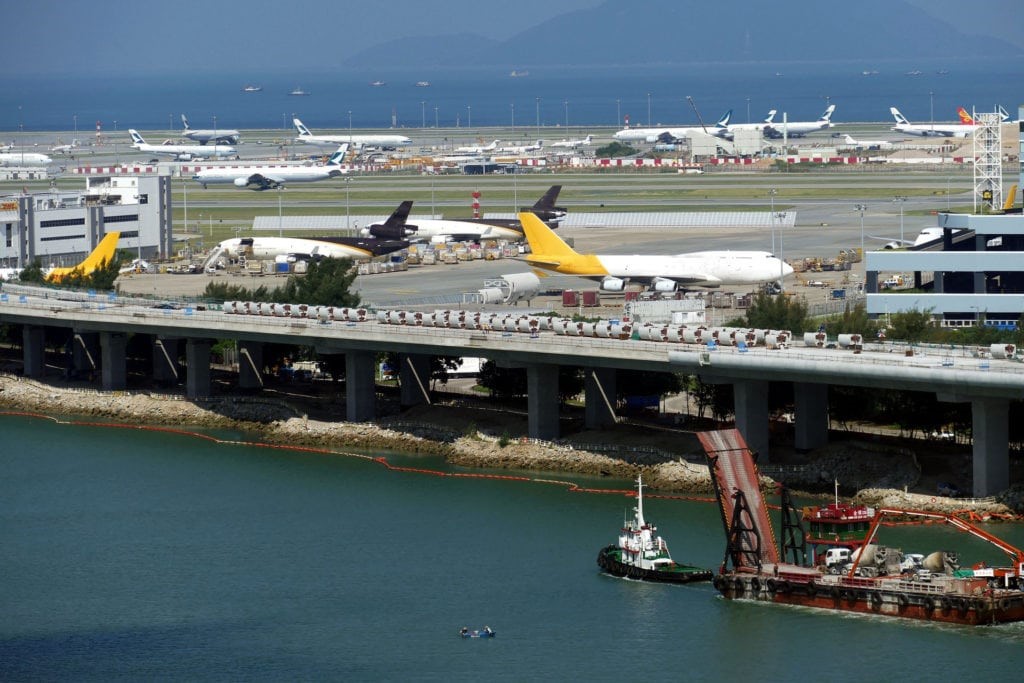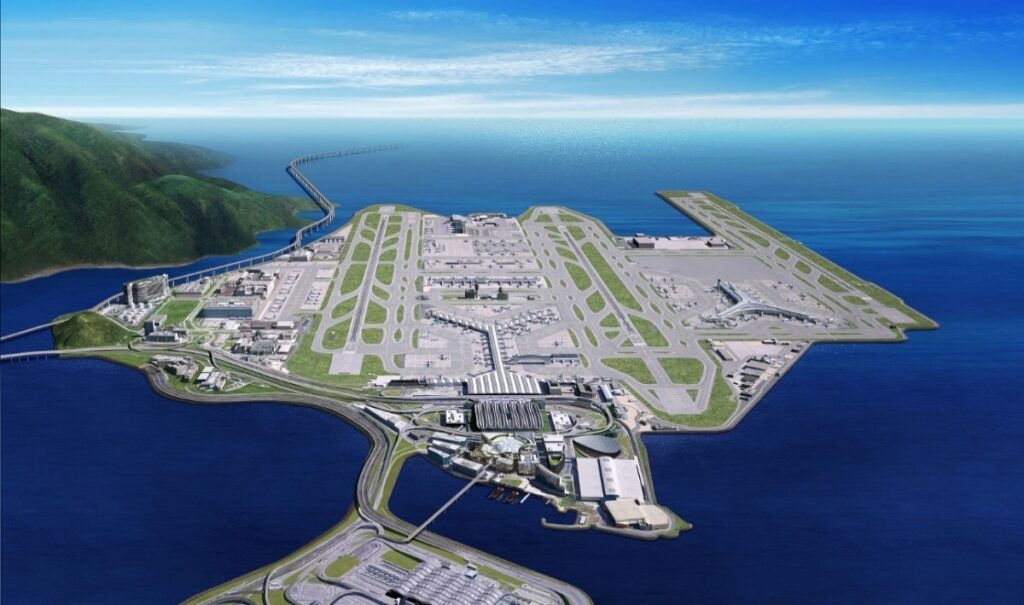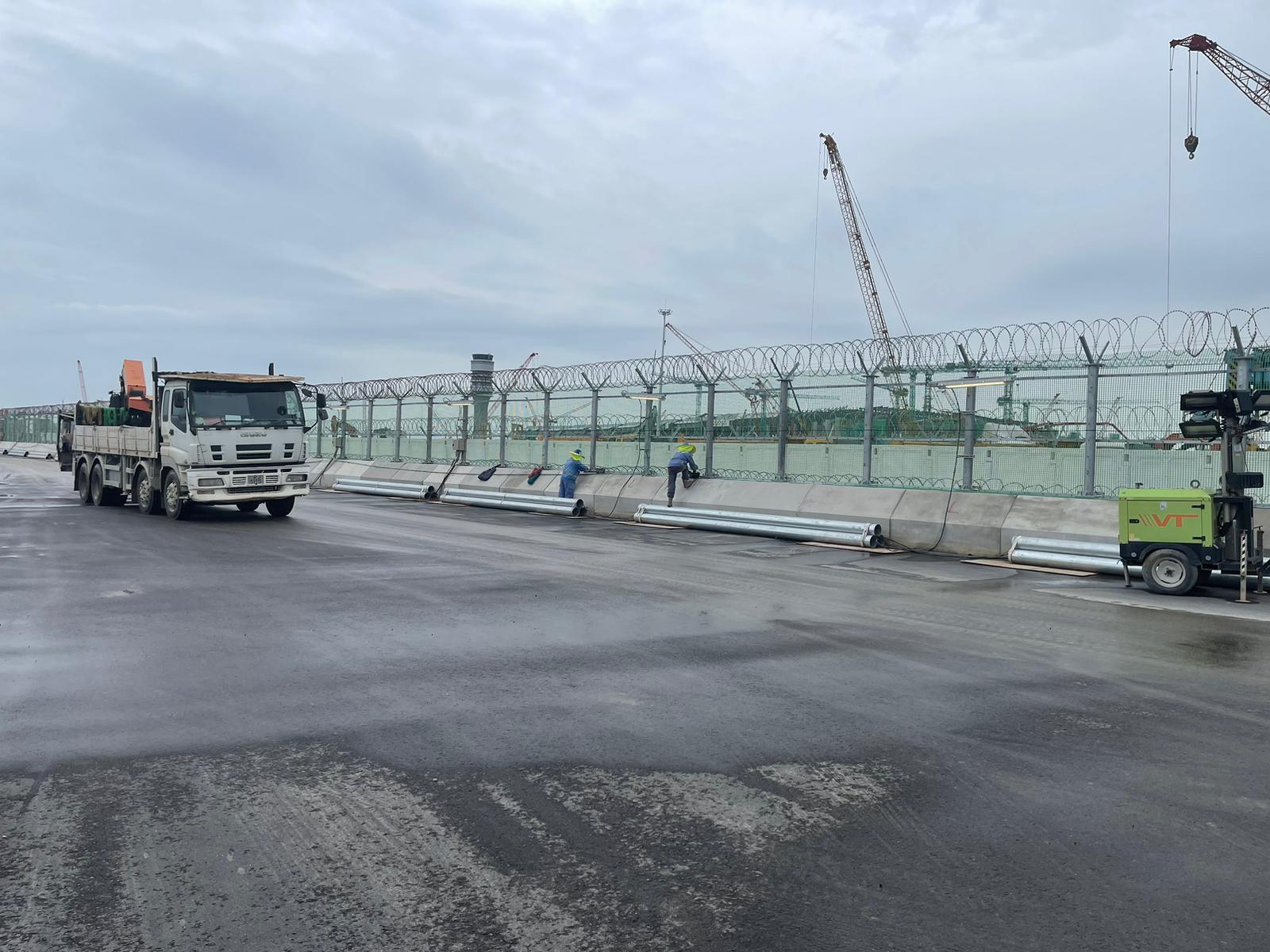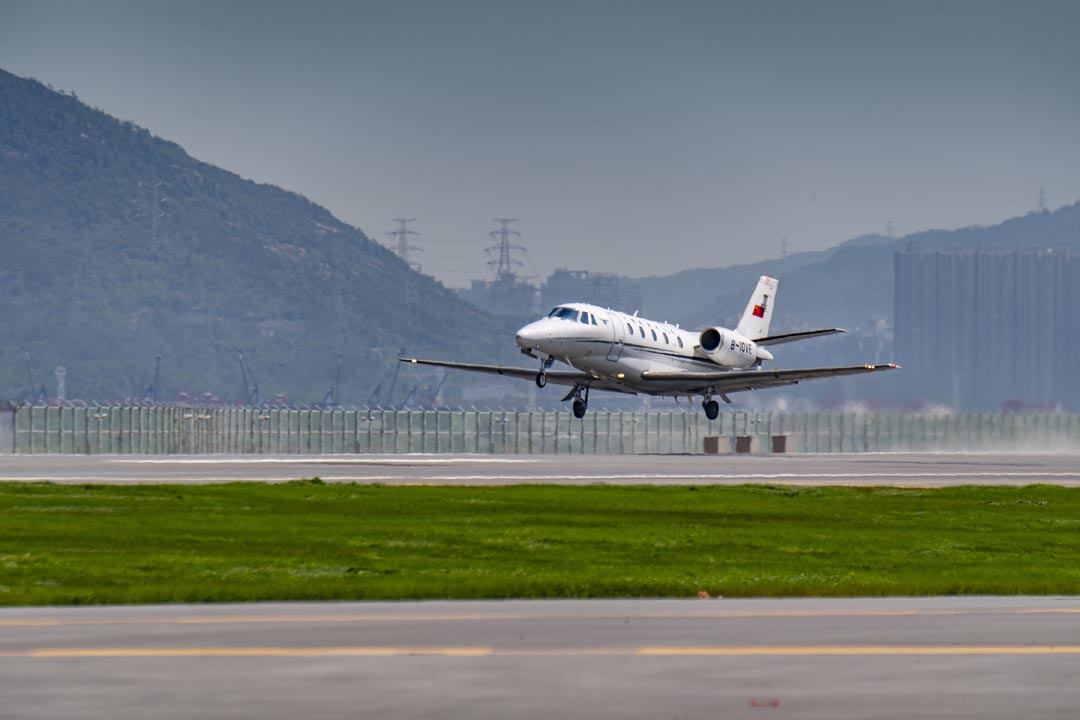FibreFENCE fencing solutions for Hong Kong International Airport
| Company | FibreFENCE |
|---|---|
| Date | 03.07.2025 |
3rd RUNWAY EXPANSION PROJECT
Project Overview
For the past four years, FibreFENCE has been supplying approximately 10 km of radio-transparent fencing to Chek Lap Kok International Airport in Hong Kong. This project, undertaken for China State Construction Engineering Hong Kong Limited—a subsidiary of the globally renowned China State Construction Engineering Corporation—aims to separate the existing airport area from the newly constructed third runway. As this massive expansion nears completion, FibreFENCE continues to play a crucial role in ensuring secure and interference-free perimeter protection.

Project Background
In response to significant increases in passenger numbers, cargo traffic, and aircraft movements over the past decade, Hong Kong International Airport (HKIA) developed its Master Plan 2030, outlining future expansion strategies to accommodate growing demand. According to IATA projections, by 2030, the airport will handle over 100 million passengers, 8.9 million tonnes of cargo, and 607,000 aircraft movements annually. Following a public consultation, local authorities approved the expansion of airport capacity through the construction of a third runway (3RS), replacing the existing two-runway system (2RS).
The public tender for this project was awarded to SAPR JV, a joint venture comprising Sinohydro Corporation Ltd, PowerChina Construction Company Ltd, Paul Y Construction Company Ltd, and Rock-One Engineering Company Ltd. Recognized for its advanced technology and design, FibreFENCE was specified as a mandatory feature in the tender requirements by the Hong Kong Airport Authority, particularly for securing sensitive areas around ILS (Instrument Landing System) and radar equipment.
Why FibreFENCE?
FibreFENCE was selected as the optimal fencing solution due to its superior radio transparency and frangibility, ensuring zero interference with critical airport navigation and communication systems. Compliant with ICAO standards, these fencing systems are essential for modern airport infrastructure, offering a reliable and innovative solution for high-performance safety applications.
Additional benefits include:
- Seamless integration with airport infrastructure design.
- Low initial investment and near-zero maintenance costs.
- Fast and efficient installation, significantly reducing labor and overall expenses.
Three-Runway System Layout
Given the complexity and scale of the expansion, lead time and delivery reliability are critical factors. In large-scale infrastructure projects, delays in the supply chain can have a cascading effect on the overall schedule. Fibre Net’s expertise in production and logistics has been instrumental in meeting the project’s stringent deadlines. Furthermore, the fencing system’s lightweight construction and simple installation process allowed the contractor to complete the installation efficiently, minimizing costs and project timelines.

Implementation and Outcome
Fibre Net supplied over 1,000 meters of FibreFENCE mesh, with an option for an additional 3.3 km for future expansion. The fencing system ensures:
- Exceptional visibility, enhancing both active and passive security measures.
- High mechanical resistance, providing robust protection against intrusion attempts and severe weather conditions.
- Wildlife intrusion prevention, with the option to partially bury the mesh and use a smaller mesh size near the ground, in compliance with the latest aviation security recommendations.
Conclusion
FibreFENCE continues to set industry standards in airport fencing solutions, delivering innovative, high-performance, and cost-effective perimeter protection. As aviation infrastructure evolves, FibreFENCE remains the preferred choice for ensuring security and operational efficiency in sensitive airport areas.



